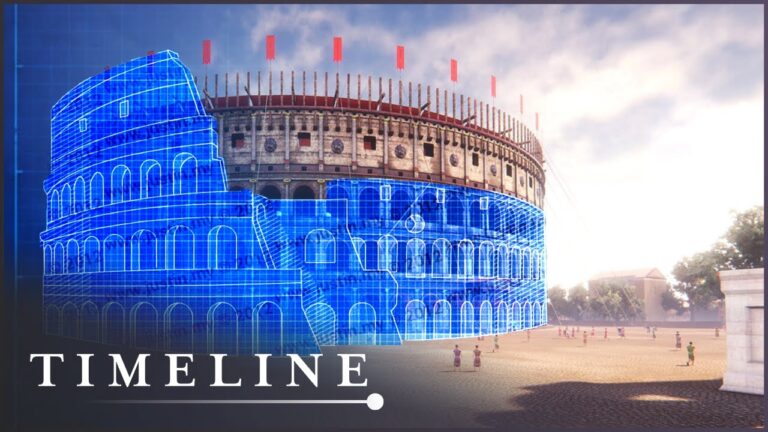Restoring the Colosseum: A Historical Milestone
The Colosseum, or Flavian Amphitheatre, is an iconic symbol of the ancient Roman Empire. It stands as a testament to the grandeur of Roman engineering and architecture, as well as a reminder of the bloody gladiatorial games that once filled its stands. Despite its long history and status as one of the most visited tourist sites in the world, the Colosseum was in desperate need of repair. In recent years, the Italian government and various private entities have come together to fund a major restoration project for the Colosseum.
The Need for Restoration
The Colosseum has been in a state of disrepair for centuries. While it has been used for events and performances in recent years, it has also suffered from vandalism, pollution, and the effects of time. The structure had become increasingly unstable and there were concerns that it could collapse if it were not repaired soon. In addition, much of the Colosseum’s original architecture had been lost or damaged over the years.
The Restoration Project
In 2013, the Italian government launched a €25 million restoration project for the Colosseum. The project was funded by the government, private donors, and sponsors, and was overseen by the Great Jubilee Commission. The project involved the restoration of the Colosseum’s architecture, as well as the removal of graffiti and pollution.
Architectural Restoration
The restoration project focused on the Colosseum’s architecture. Much of the original architecture had been lost or damaged over the centuries, and the project aimed to restore it to its original glory. This involved the restoration of walls, columns, and arches, as well as the replacement of stones that had been lost or damaged. In addition, the project also focused on the conservation of the Colosseum’s original materials, such as marble and stone.
Cleaning and Preservation
The project also focused on cleaning and preserving the Colosseum. This involved the removal of graffiti and pollution, as well as the installation of a new drainage system. The project also included the installation of lighting and security systems, which would help protect the Colosseum from future damage.
The Impact of the Restoration
The restoration project has had a huge impact on the Colosseum. The structure is now much more stable, and its original architecture has been restored. In addition, the Colosseum is now better protected from future damage, and visitors can now enjoy the site in a much more secure environment.
The restoration project was a major milestone in the history of the Colosseum. It has ensured that the structure can be enjoyed by generations to come, and it has ensured that the iconic symbol of the Roman Empire will stand for many years to come.
Conclusion
The restoration of the Colosseum was a major undertaking, and one that has had a huge impact on the site. The project has ensured that the structure can be enjoyed by generations to come, and it has helped to preserve the legacy of the Roman Empire. The Colosseum is now a much more secure and stable structure, and it stands as a testament to the grandeur of the Roman Empire.


0 Comments